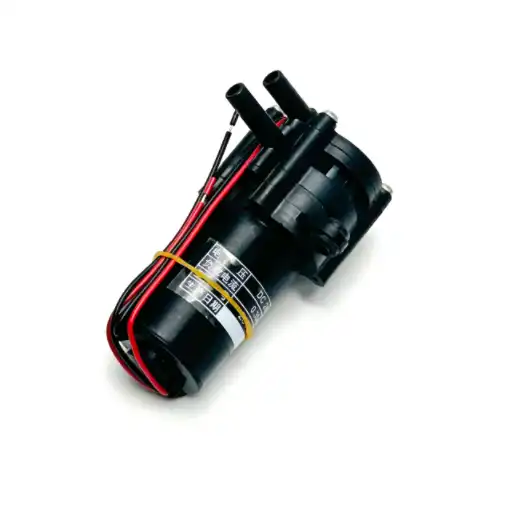What is a Valve Coffee Machine?
2024-12-02 10:56:56
A pressure profiling espresso machine, also known as a Valve Coffee Machine, is a sophisticated brewing apparatus that represents the most recent advancements in coffee extraction technology. Dissimilar to customary coffee machines that keep a steady tension all through the preparing system, valve espresso machines consider dynamic command over strain and water stream during extraction. Baristas are able to fine-tune the brewing parameters in real time thanks to this unique capability, which results in more complex and nuanced flavor profiles in the final cup.
The advanced valve system that allows for precise manipulation of water pressure and flow rate throughout the extraction process is the primary characteristic that distinguishes valve coffee machines from other machines. This valve system can be controlled manually or electronically. This degree of control goes past what's conceivable with customary coffee machines, opening up additional opportunities for flavor advancement and extraction streamlining.
Working principle
A valve coffee machine's extraction process consists of several key stages all centered on precise pressure and water flow control:
1. Pre-infusion: The cycle starts with a delicate pre-mixture stage. The coffee puck is given low-pressure water, which allows it to expand and absorb water evenly. This ensures more uniform extraction and helps prevent channeling.
2. Increasing pressure: The machine gradually increases pressure after the pre-infusion, typically reaching a peak of 9 bars or higher. This copies the tension profile of switch coffee machines, known for creating outstanding shots.
3. Phase of extraction: During the fundamental extraction, the barista can powerfully change strain to accentuate different flavor compounds. For instance, bringing down pressure mid-shot can complement pleasantness, while expanding it can intensify body and power.
4. Reduced pressure: The shot's pressure is frequently gradually decreased toward the end. In the final stages of brewing, this helps prevent bitter compounds from being over-extracted.
The core of the valve espresso machine is its valve framework, which definitively controls water stream and strain. This is typically accomplished with the aid of an electronically controlled valve and a high-precision pump in the majority of models. The machine's control framework organizes the valve position with siphon speed to accomplish the ideal tension profile.
In order to guarantee that the actual brewing conditions match the programmed profile, more advanced models may incorporate pressure transducers and flow meters to provide real-time feedback. Baristas can create pressure profiles that are tailored to specific coffee beans, roast levels, or desired flavor outcomes with this level of precision.
Advantages
Valve Coffee Machines offer a few critical benefits over conventional coffee creators:
1. Precise control of extraction boundaries: Unmatched control over the extraction process is provided by the ability to dynamically adjust pressure, flow rate, and sometimes temperature throughout the shot. This exact control empowers baristas to draw out the best in every espresso, featuring explicit flavor notes or adjusting complex flavor profiles.
2. Intricate and adjusted flavors: By controlling strain profiles, it's feasible to underscore different flavor compounds at different phases of extraction. This can bring about coffee with more noteworthy intricacy, clearness, and equilibrium of flavors. A gentle start, for instance, can increase acidity and brightness, while a pressure increase in the middle of the shot can increase body and intensity.
3. Flexibility and innovative brewing: Baristas can experiment with powerful valve machines. They can create signature drinks that highlight particular flavor notes or unique pressure profiles that are tailored to specific beans. Cafes can now offer truly one-of-a-kind coffee experiences thanks to this level of customization, which enables them to take a more innovative approach to espresso brewing.
4. Consistency: When an ideal not set in stone, it tends to be saved and reproduced definitively. This guarantees steady quality across various shots, even with various baristas working the machine. This is especially important in occupied bistro conditions where consistency is vital.
5. Versatility: Lever machines and even pour-over methods can be modeled after the pressure profiles of some valve machines. Because of this adaptability, a wider variety of flavor profiles can be produced by a single machine, giving consumers more options to satisfy a variety of preferences.
6. Gentle removal: The capacity to utilize lower pressures, particularly during pre-mixture, can bring about more even extraction and decrease the gamble of diverting. This is especially gainful for light meals or sensitive single-beginning espressos may be trying to remove well with customary machines.
7. Instructive worth: Valve machines provide valuable insights into the connection between espresso flavor development, pressure, and flow rate for coffee professionals and enthusiasts. This can assist in professional growth and deepen understanding of coffee extraction principles.
Due to these advantages, valve coffee machines are becoming increasingly popular among discerning home baristas and specialty coffee shops. However, in comparison to conventional espresso makers, these machines typically come with a higher price tag and a steeper learning curve.
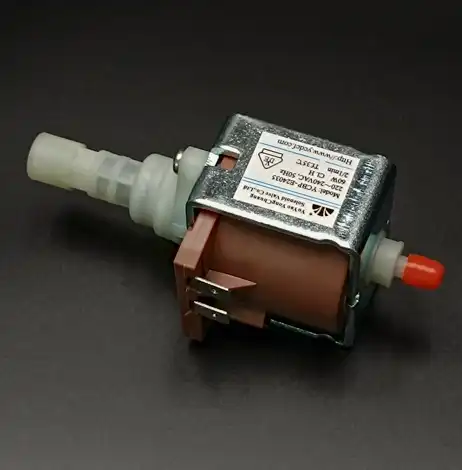
Valve Coffee Machine manufacturers
Topping Motor is an ISO 9001-certified business that has been making coffee vending machine replacement parts since 2014.
Topping Motor, which has a global presence, has been providing customers on a number of continents, including Asia, Europe, North America, and Australia, with these essential components. Their client base traverses nations like the US, Canada, Germany, India, Italy, and South Africa, exhibiting the global interest for excellent espresso machine parts.
For organizations or people searching for dependable valve producers for espresso machines, Topping Motor can be reached at sales@huan-tai.org. Their ten years of involvement with delivering accuracy parts for espresso machines makes them a significant player in the valve espresso machine production network.
References:
1. Rao, S. (2017). The Professional Barista's Handbook: An Expert Guide to Preparing Espresso, Coffee, and Tea. Scott Rao.
2. Hendon, C. H., Colonna-Dashwood, L., & Colonna-Dashwood, M. (2014). The role of dissolved cations in coffee extraction. Journal of Agricultural and Food Chemistry, 62(21), 4947-4950.
3. Illy, A., & Viani, R. (Eds.). (2005). Espresso coffee: the science of quality. Academic Press.
4. La Marzocco USA. (n.d.). Strada EP.
5. Slayer Espresso. (n.d.). Slayer Steam LP.
6. Decent Espresso. (n.d.). DE1PRO.
Send Inquiry
Related Industry Knowledge
- What is the specific working process of the Control Board For Vending Machine?
- What is a coffee dispenser?
- What is the coffee capacity of the coffee brewing Unit?
- Do vending machines have cameras
- Coffee grounds sieve uses
- What is a Coffee Machine Pump?
- What is the difference between a valve coffee machine and a regular coffee machine?
- How Do Coffee Vending Machine Mixing Systems Ensure Consistent Flavor?
- What does a solenoid valve do in an espresso machine?
- What is a Vending Coffee Machine Water Tank?

.webp)
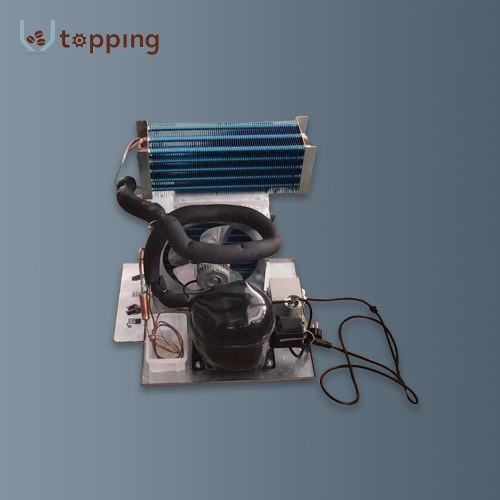
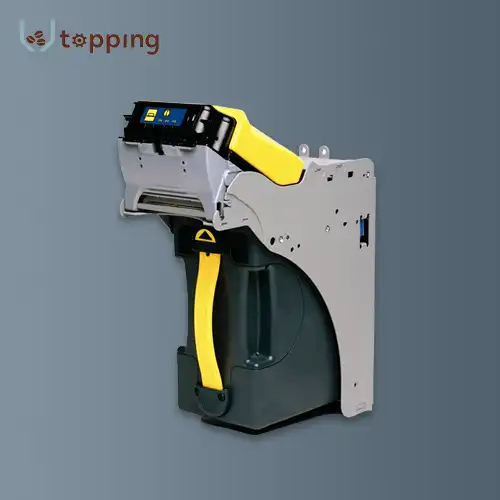
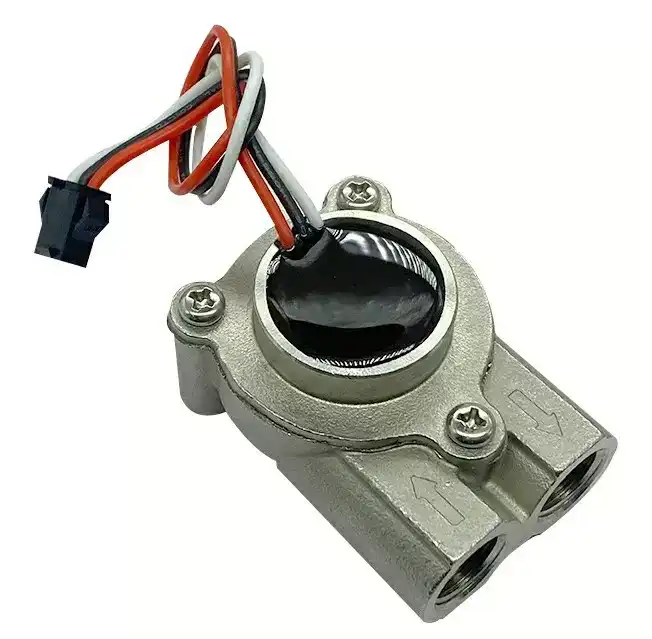
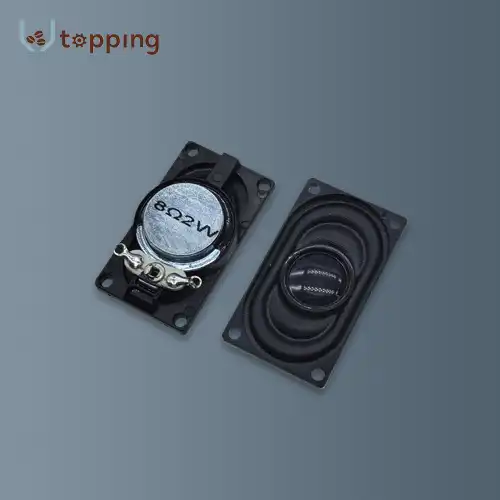
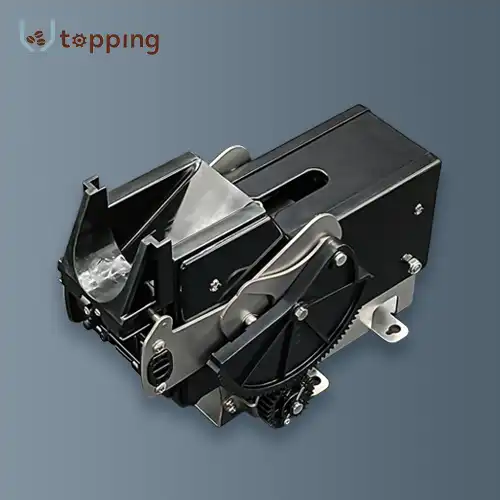
.webp)
